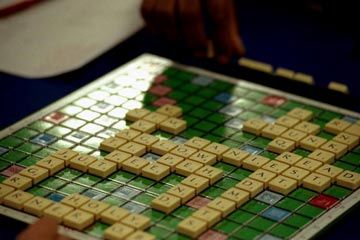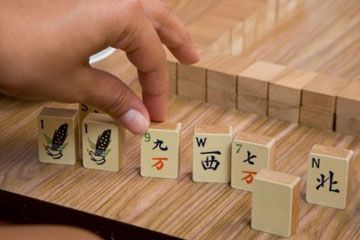How to Play Backgammon: How Checkers Move

After you set up the board, you're ready to start a game. To see who goes first, each player rolls a single die. The person with the higher number goes first, using the number on his die and the number on his opponent's. If both people roll the same number, they try again until someone scores higher.
Some quick notes about rolling before continuing: If you're playing with folks who are serious about their backgammon, you must use a shaker each time you roll. You place both dice in the shaker, give it a good shake and then release the dice into the right-hand side of the backgammon board. This convention holds even if you're left-handed. You must re-roll if either die fails to land in the right-hand side of the board. You must also re-roll if either die comes to rest on a checker, leans at an angle or gets stuck in the shaker.
Advertisement
Once you get a successful throw of the dice, you're ready to start dominating. The numbers on the dice indicate how many points, or pips, you can move your checkers. The checkers always head from higher-numbered points to lower-numbered points according to the following rules:
- You can only move a checker to an open point. An open point may have no checkers, only your checkers or one opposing checker. You can't move to a point that's occupied by two or more opposing pieces. You can stack as many of your own checkers on a point as you wish.
- The numbers on the dice indicate separate moves. If you roll a 4 and a 2, you can move one checker four spaces and a second checker two spaces. Or, you can shift one checker six spaces forward — as long as the intermediate points (two or four spots away) are open.
- If you roll a double — the number on both dice is the same — you get to enjoy four moves. For example, if you roll a double 3, you have four three-point moves at your disposal. You may move any combination of checkers to complete this requirement.
- You must play both numbers of your roll if you're legally able to do so. If you can only play one number, you must do so. If you can move either number but not both, you must play the higher of the two. If you roll a double, you must play as many numbers as you can. And, finally, if you can't play either number, you lose your turn, and your opponent gets to roll again.
Based on these dynamics, you might think backgammon lacks excitement. Not true. On the next page, we'll start talking about all the special ways the game let's you stick it to your opponent.


